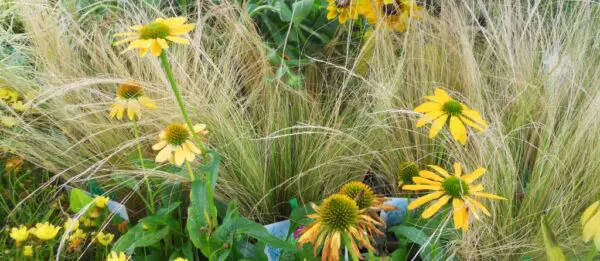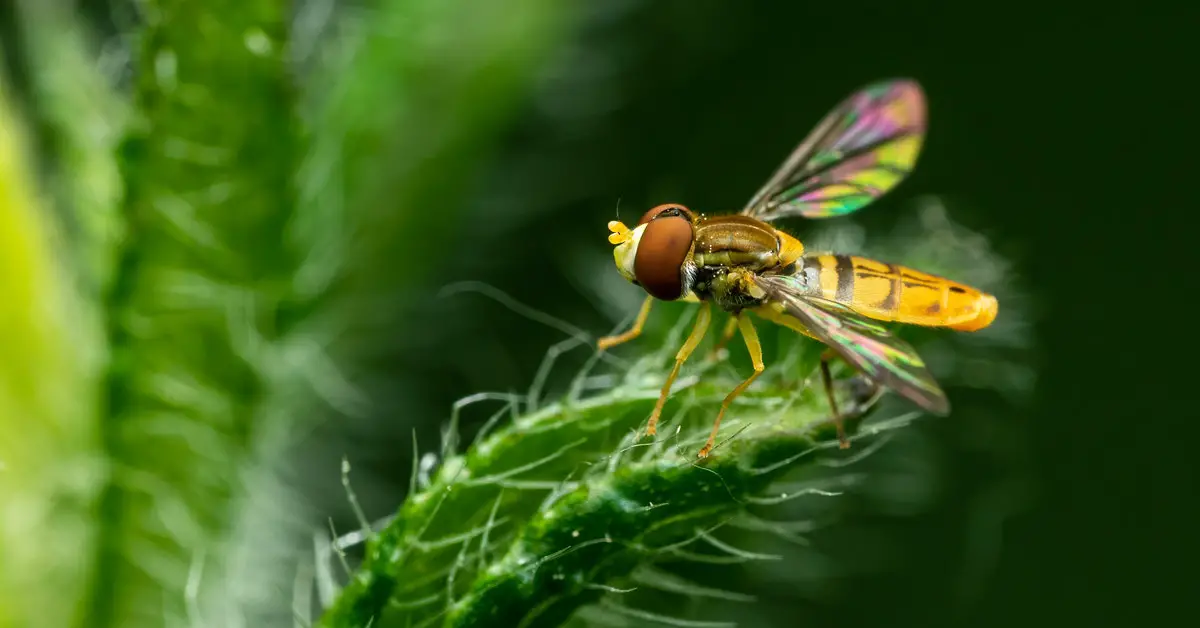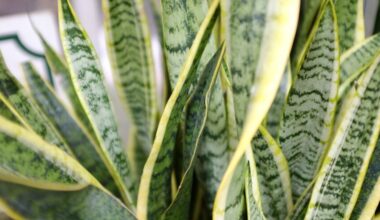Echinacea, also known as purple Rudbeckia, is an enchanting plant. Known for its many virtues and benefits in homeopathy and phytotherapy to strengthen the immune system, this medicinal plant has definitely everything to please!
The remarkably generous, colored and perfumed bloom spreads out all summer long: It starts around mid-July and lasts until September. The flowers bloom at the end of the stems and are renewed without interruption within the massif.
When they open, the ligules (false petals) stand upright, rigid, then unfurl around the orange-brown center. They exhale a subtle honey scent very attractive to foragers such as bees and butterflies, which intensifies as they blossom. The scent becomes even sweeter, more vanilla-like, once the flower head is pollinated.
Contents
How do you keep Echinacea blooming ?
It is necessary to eliminate the first floral bud, once it is faded in order to force the plant to produce secondary ramifications and thus prolong the flowering.
When Echinacea has finished flowering, it is not cut. The dry cone, which is also aesthetically pleasing, will remain all winter long, covering itself with frost or clinging to cobwebs.
In the spring, the plant is folded back at the base to restart it.
In summary: If you have not folded back the stems after flowering, the brown cones hanging from their inflexible stems, will prolong the dull season, the decorative effect and the seeds left in place will make at the beginning of winter, the delight of certain species of birds like finches, goldfinches and chickadees.
Be aware that the same principle applies to most perennials, even shrubs and trees: they will be more vigorous and flowering in the future if you don’t let them bloom in the first year.
This information is doubly valid for perennials that have a reputation for being short-lived. If you want them to survive the winter and live long, don’t let them bloom in the first year either.
How to care for Echinacea ?
It is a plant intended for all gardeners, even beginners! Once installed, it requires little care: regularly cut off withered flowers to encourage the production of other flower stems. Always to stimulate the bloom, water during dry periods. As with many perennials, the strain can become exhausted with age. Every 5 years, dig up the plants in the spring, as soon as their vegetation starts to grow again, then cut the stumps into several pieces that you will replant immediately.

Highly resistant to disease, Echinacea is an uneventful perennial with an unfailing health. Provided that the soil remains perfectly drained, sufficiently nourishing and cool in summer.
- Remove the flowers as they fade to encourage the appearance of other flowers.
- Fold the rest of the stems 15 cm off the ground in October to avoid invasive seedlings. (make a dry bouquet) or at the beginning of spring if you have left some deflowered stems on the ground: very graphic to animate the flower bed in winter.
- Mulch in May to guarantee sufficient freshness in summer.
- Bring in compost in the fall or spring.
- Water in case of prolonged drought: it tolerates very well periods of high heat.
- While ageing the plant can be prone to the oïdium, more sensitive to the attacks of aphids.
- And present a more sparse flowering: after 5 years, in spring or autumn, divide the most imposing strains. Use this division only if the plant shows signs of tiredness because Echinacea does not like to be disturbed.
How to sow Echinacea seeds
Echinacea is a perennial plant which leaves the strain in spring. It can also be resown. But as the Echinacea that are commercially available are usually hybrids, the plants from these seedlings will not necessarily resemble the mother plant. To avoid losing the characteristics of the mother plant, it is therefore advisable to cut the flower stems before they disperse their seeds.
The sowing thus remains the least tiresome and especially the least risky operation.
It is the simplest method: this perennial is very easy to grow from seeds. Sowing is done in spring with ripe seeds harvested in autumn as soon as they turn brown, before they fall or with seeds bought in bags.
- Keep them cold for a few weeks before sowing to promote germination.
- Sow the seeds in the spring in a mixture of potting soil and garden soil, barely covering them with vermiculite, for example.
- Place the terrine in a warm frame at 15-20°C.
- Water regularly but without soaking the substrate.
- Allow 2-4 weeks for emergence.
- When the seedlings are at the stage of two real leaves, transplant in individual cups.
- Plant them in the ground in the fall or the following spring when the seedlings are well established.
- The seedlings will flower in the second year.
Summary
Native to North America, and sometimes confused with the daisy, the Echinacea offers a very beautiful flowering from mid-July to September.
Relatively rustic and resistant to diseases, it does not pose any maintenance problems.
Echinacea purpurea, close to rudbeckia, offers foliage and flowers that will give color to your beds.
Finally, Echinacea has medicinal virtues that the Indians discovered a long time ago and which are still part of many therapeutic solutions at home but also in our country more and more.









